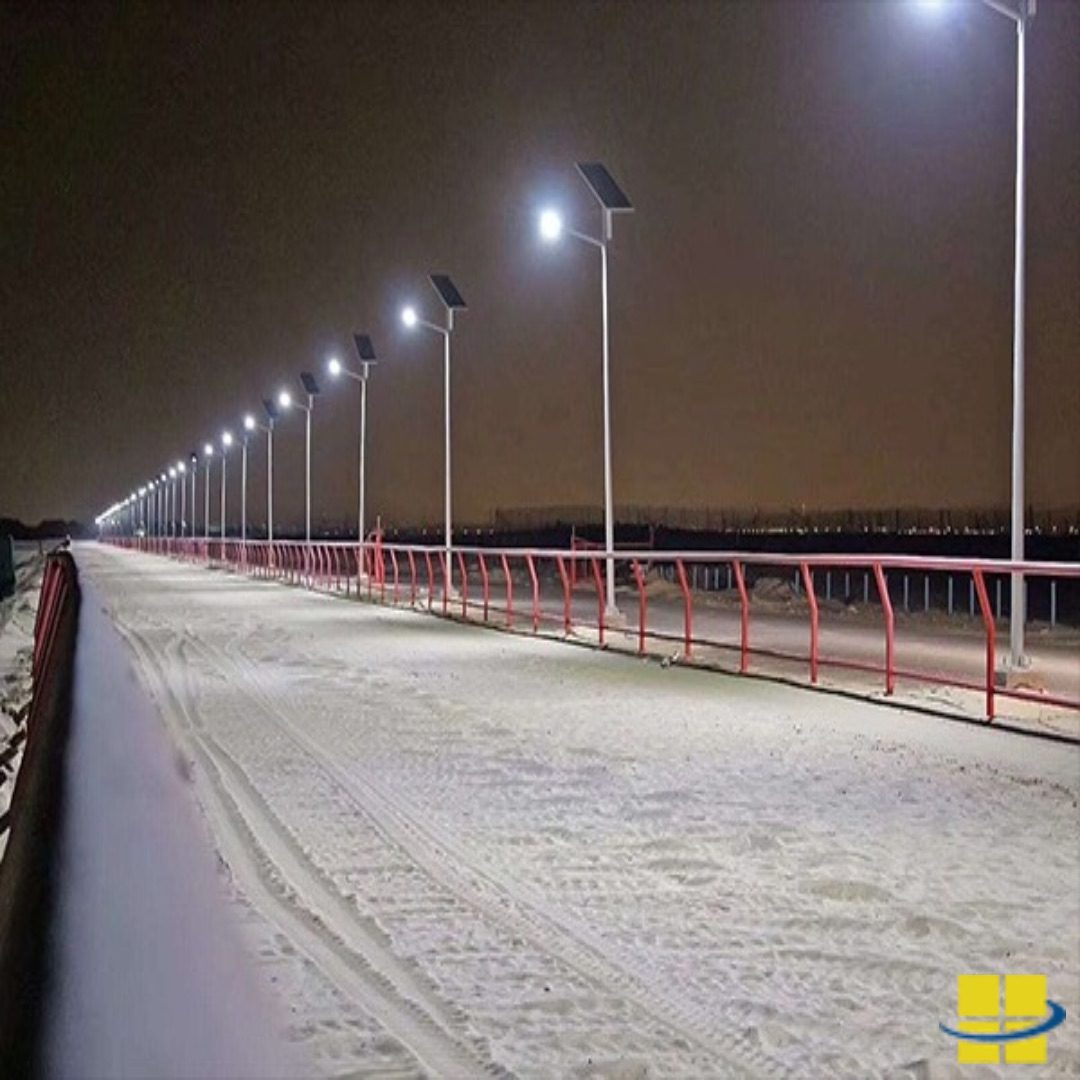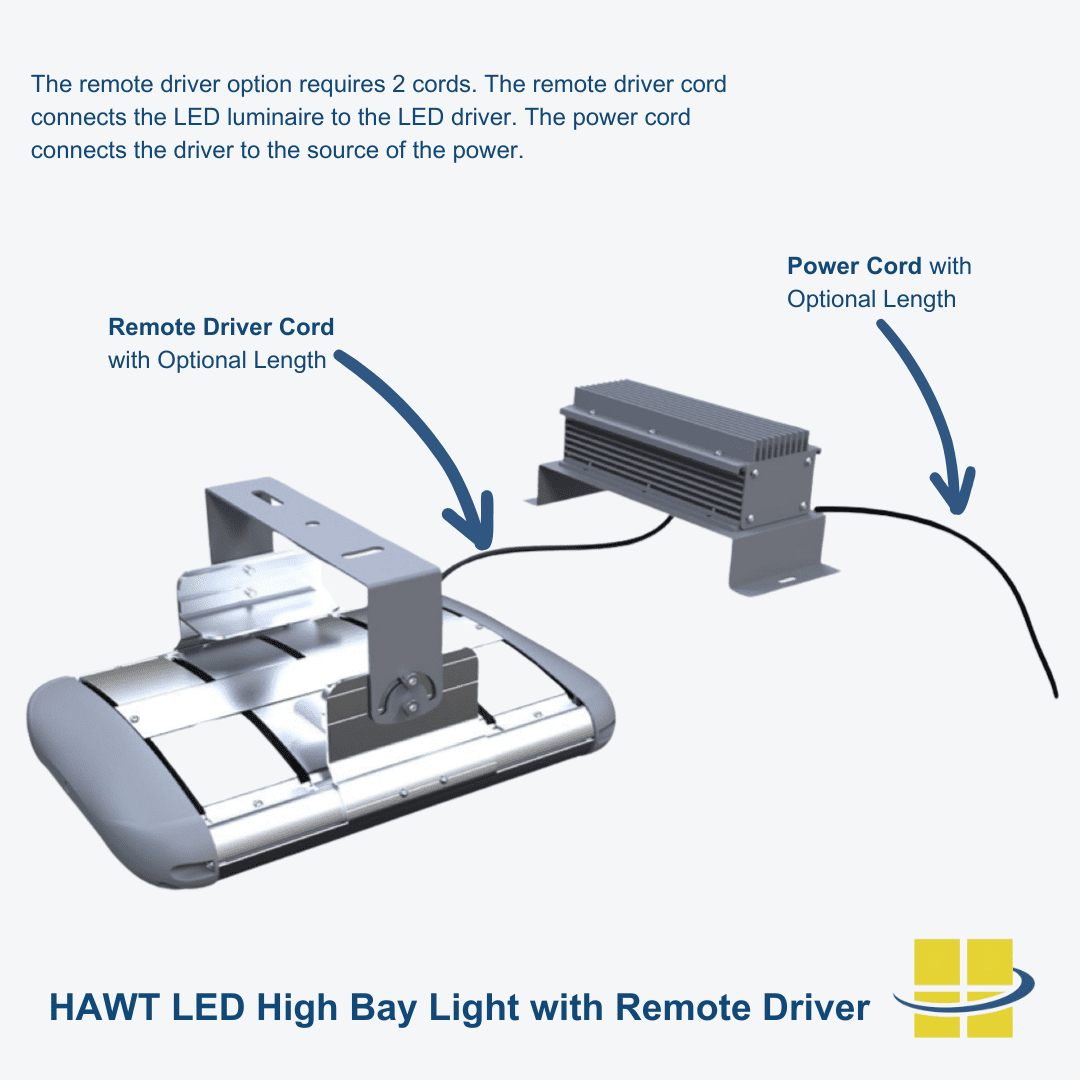
Ambient temperature plays a crucial role in the performance of LED lights, affecting their efficiency, lifespan, and overall functionality. At Access Fixtures, based in New England, we often encounter the full spectrum of temperatures, from balmy 75 degrees Fahrenheit to near-freezing conditions. This range of temperatures raises important questions about how LED lights perform in varying indoor and outdoor environments. The following explains the science behind LED performance relative to LED operating temperature, common issues related to temperature extremes, and how modern technological advancements have addressed these challenges.
Key Takeaways
-
- Cold Temperatures Improve LED Performance: LEDs excel in cold climates, enhancing lumen output and avoiding the issues that plague traditional lighting methods.
- Excessive Heat Degrades LED Performance: High ambient temperatures can reduce the lifespan and efficiency of LEDs, making heat management crucial.
- Modern Solutions for Heat Management: Advances in LED technology, such as built-in heat sinks and open-air fixture designs, help mitigate the impact of high temperatures.
The Impact of Cold Temperatures on LED Lights
Challenges with Traditional Lighting in Cold Conditions
Traditional lighting methods, such as fluorescent and HID lights, often struggle in cold environments. Fluorescent bulbs, for instance, rely on mercury vapor pressure, which diminishes as temperatures drop. This results in dim lighting or even complete failure to ignite at temperatures below 50 degrees Fahrenheit. While certain ballasts can mitigate this issue, they can be costly and are not always effective. Similarly, metal halide lights require a prolonged warm-up period in cold conditions, and glass bulbs are prone to shattering with sudden temperature changes.
Advantages of LEDs in Cold Climates
LED lighting, on the other hand, excels in cold temperatures. LEDs operate using an electronic driver rather than a combustible source, making them less susceptible to the effects of cold weather. In fact, lower temperatures can improve LED performance by reducing stress on the driver and enhancing lumen output. Unlike traditional bulbs, LEDs do not contain fragile glass components, allowing them to withstand sudden temperature fluctuations. This resilience makes LEDs ideal for outdoor applications such as flood lights, wall packs, street lights, and bollard lights in colder climates.

The Effect of High Temperatures on LED Lights
Heat: The Major Depreciating Factor for LEDs
While LEDs thrive in the cold, excessive heat poses significant challenges. High ambient temperatures, whether from a sweltering warehouse or the intense Arizona sun, can degrade LED performance. Most LED manufacturers use a standard temperature of 77 degrees Fahrenheit (25 degrees Celsius) to calculate L70 ratings, which indicate the lifespan of an LED before its lumen output diminishes by 30%. For example, if an LED is L70 rated at 200,000 hours, it means that after 200,000 hours of continuous use at 77 degrees, its lumen output will decrease by 30%.
Early Solutions and Modern Advancements
In the early days of LED technology, overheating was a common issue due to poor ventilation in the fixtures. Early solutions included installing small metal canopies to deflect heat, but these were not foolproof. Introducing fans to cool the LEDs added complexity and increased the risk of mechanical failures.
Today, advancements in LED technology have significantly reduced heat-related problems. Modern LED fixtures come equipped with built-in heat sinks that dissipate excess electrical heat away from the driver and LEDs. The shift from enclosed shoebox-style fixtures to open-air designs, like Access Fixtures’ APTA series sports lighters, has improved ventilation and minimized overheating caused by direct sunlight. These innovations ensure that Access Fixtures’ LED luminaires remain efficient and reliable even in high-temperature environments.
Conclusion
Understanding the impact of ambient temperature on LED performance is essential for selecting the right lighting solutions for your needs. Whether you’re dealing with freezing conditions or extreme heat, modern LEDs are designed to perform optimally across a wide range of temperatures. At Access Fixtures, we leverage the latest advancements in LED technology to provide high-quality, reliable lighting solutions that withstand the challenges posed by varying temperatures.
For more information on our range of LED lighting products, including outdoor wall packs, flood lights, and sports lighters, visit our website. Ensure your lighting setup is equipped to handle the temperature extremes of your environment with Access Fixtures.
How Does Ambient Temperature Affect LED Performance FAQs
You have questions on how ambient temperatures affects LED perrormance. We have answers. If you have a question that isn’t answered below, contact an Access Fixtures lighting specialist at (800) 468-9925 or click here to visit our customer service page.
How do LEDs perform in freezing temperatures?
LEDs perform exceptionally well in freezing temperatures, with enhanced lumen output and no risk of shattering.
What is the L70 rating?
The L70 rating indicates the lifespan of an LED before its lumen output decreases by 30%, typically measured at 77 degrees Fahrenheit.
Can LEDs withstand sudden temperature changes?
Yes, LEDs can handle sudden temperature fluctuations due to their robust design and absence of fragile glass components.
How does heat affect LED lifespan?
Excessive heat can reduce the lifespan and efficiency of LEDs by causing thermal stress on the electronic components.
What are heat sinks, and how do they help LEDs?
Heat sinks are devices that dissipate excess heat away from LEDs, helping to maintain optimal operating temperatures and extend lifespan.
Are LED lights suitable for outdoor use in hot climates?
Yes, modern LED lights are designed with heat management features that allow them to function effectively in hot climates.
What are shoebox-style LED fixtures?
Shoebox-style LED fixtures are enclosed designs that have largely been replaced by open-air fixtures for better ventilation and heat management.
Do LEDs require special installation in extreme temperatures?
LEDs generally do not require special installation, but proper ventilation and heat management should be considered in extreme temperatures.
Can LED lights be used in refrigerated environments?
Yes, LEDs are ideal for refrigerated environments due to their excellent performance in cold temperatures.
What are the benefits of using LEDs in outdoor lighting?
LEDs provide consistent performance, enhanced durability, and improved energy efficiency, making them perfect for outdoor lighting applications.

